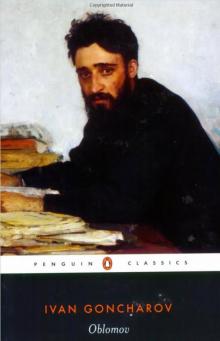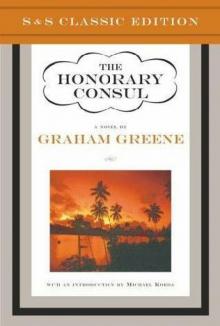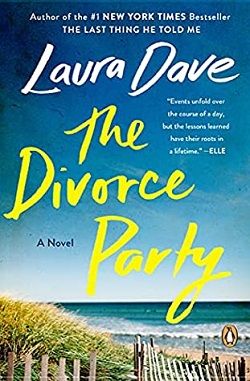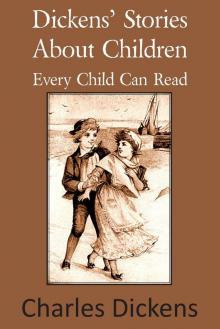Stalin: The Court of the Red Tsar


Author: Simon Sebag Montefiore
Category: Fiction
Published: 2004
Series:
View: 577
Read OnlineFrom Publishers WeeklyMontefiore (The Prince of Princes: The Life of Potemkin) is more interested in life at the top than at the bottom, so he includes hundreds of pages on Stalin's purges of top Communists, while devoting much less space to the forced collectivization of Soviet peasants that led to millions of deaths. In lively prose, he intersperses his mammoth account of Stalin's often-deadly political decisions with the personal lives of the Soviet dictator and those around him. As a result, the reader learns about sexual peccadilloes of the top Communists: Stalin's secret police chief Lavrenti Beria, for one, "craved athletic women, haunting the locker rooms of Soviet swimmers and basketball players." Stalin's own escapades after the death of his wife are also noted. There's also much detail about the food at parties and other meetings of Stalin's henchmen. The effect is paradoxical: Stalin and his cronies are humanized at the same time as their cruel misdeeds are recounted. Montefiore offers little help in answering some of the unsettled questions surrounding Stalin: how involved was he in the 1934 murder of rising official Sergei Kirov, for example. He also seems to leave open the question of Stalin's paranoia: he argues that the Georgian-born ruler was a charming man who used his people skills to get whatever he wanted. Montefiore mainly skirts the paranoia issue, noting that only after WWII, when Stalin launched his anti-Semitic campaigns, did he "become a vicious and obsessional anti-Semite." There are many Stalin biographies out there, but this fascinating work distinguishes itself by its extensive use of fresh archival material and its focus on Stalin's ever-changing coterie. Maps and 24 pages of photos not seen by PW. Copyright © Reed Business Information, a division of Reed Elsevier Inc. All rights reserved. From The New YorkerAny biography of a tyrant runs the risk of humanizing its subject to the point of appearing to mitigate his crimes. But Montefiore's intimate portrait actually throws the coldhearted murderousness with which Stalin pursued and defended power into sharper relief. The book—much of it based on fresh archival material—moves smoothly between detailed sketches of everyday life at the Kremlin and accounts of the paranoid and sanguinary scheming that determined Soviet politics. This juxtaposition captures the vertiginous quality of life in Stalin's court, where no allegiance was permanent. Just as strikingly, Montefiore shows how Stalin, a "master of friendships," used charm to win the support of members of the Party's inner circle (many of whom ended up regretting it). This haunting book gets us as close as we are likely to come to the man who believed that "the solution to every human problem was death." Copyright © 2005 The New Yorker
 Oblomov
Oblomov The Honorary Consul
The Honorary Consul The Undertaking of Tess
The Undertaking of Tess The Divorce Party
The Divorce Party Dickens' Stories About Children Every Child Can Read
Dickens' Stories About Children Every Child Can Read The Dollmaker
The Dollmaker Across the Nightingale Floor
Across the Nightingale Floor The Fire Next Time
The Fire Next Time